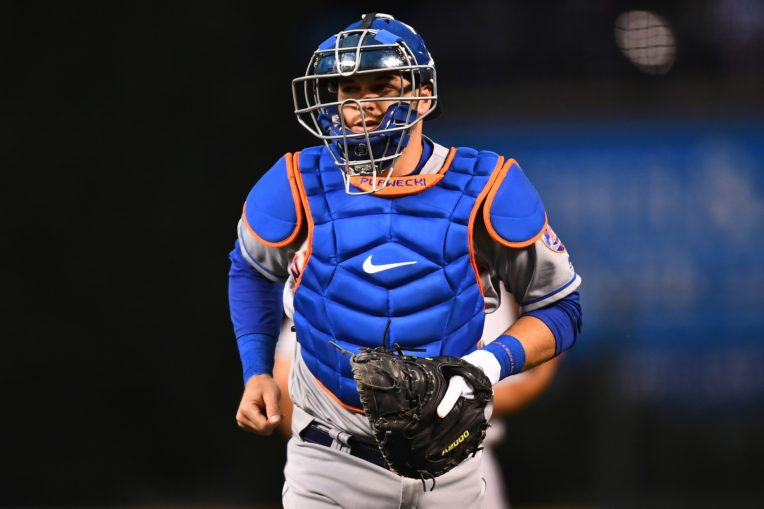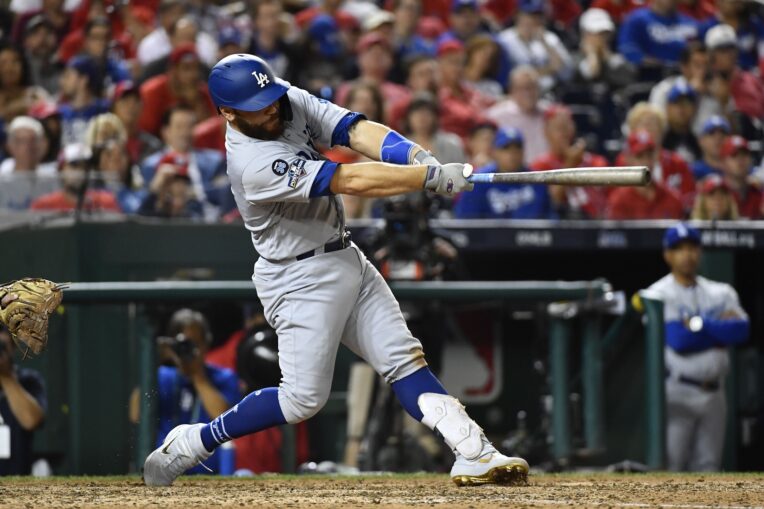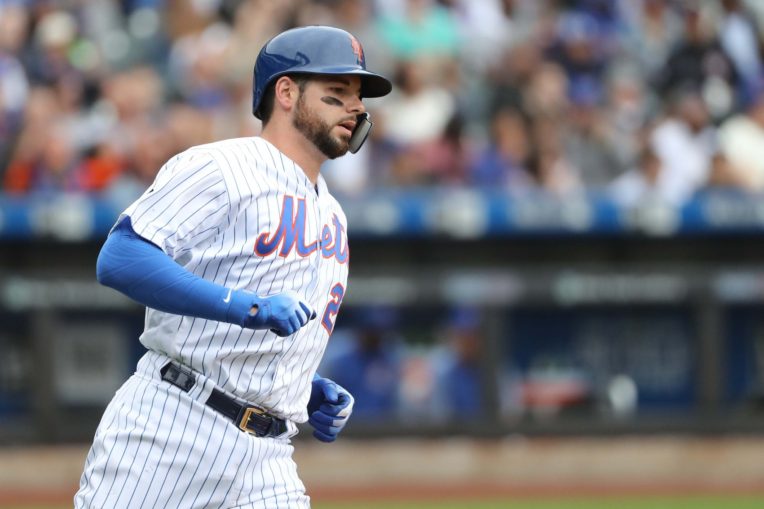
According to reports, the New York Mets are currently looking to upgrade their bullpen and backup catcher situation. While Tomas Nido was a strong defensive catcher in 2019, he had just a 40 wRC+, which probably necessitates this search.
Ideally, whoever the Mets acquire can offer the Nido’s defensive abilities while also providing a better bat. Given the Mets shoestring budget, the player they acquire is likely going to have to be cheap. Here are three catchers who should meet those requirements.
1.Kevin Plawecki
The mention of Plawecki may not excite Mets fans who had grown exacerbated with him never quite fulfilling his offensive potential. Even with his offensive struggles in Cleveland, Plawecki’s 63 wRC+ was better than Nido’s. If he reverts to the catcher who had a 10.8% walk rate and 96 OPS+ in his final three years with the Mets, all the better.
Another factor with Plawecki is he has historically been a strong pitch framer. As noted by Baseball Savant, Plawecki was a strong pitch framer on the lower half of the plate. That is of no small significance with a pitching staff which includes Marcus Stroman, Noah Syndergaard, Jeurys Familia, and Edwin Diaz.
Of note with Syndergaard, who had his issues with Wilson Ramos, his 5.33 K/BB with Plawecki behind the plate is the best mark he has had with any catcher not named Rene Rivera.

2. Russell Martin
On the topic of the Mets pitchers who need the low strike to succeed, there was a Grantland article that described Martin’s strong framing, which included his exceptional work on the lower half of the zone. While he is not the same framer he was in his prime, he is still one of the better framers in the lower part of the zone getting a called strike a little over 50% of the time.
In addition to framing the low strike, Martin had a strong offensive season for a backup catcher with an 83 wRC+. However, it should be noted that was part of a three year drop off offensively, and he is 36 years old. Still, Martin is a respected veteran presence, and that should not be underestimated.
If the Mets do change course and go with the personal catcher route, it would be much more palatable to Ramos and the clubhouse for the Mets to defer to a catcher of Martin’s stature than it probably was with Nido last year. Overall, this should help the clubhouse and the pitching staff.

3. Jason Castro
With the Mets hiring Jeremy Hefner as the pitching coach, the organization is looking for an advanced analytical approach to help bring the pitching staff to the next level. This requires the implementation of a new organizational philosophy across the board. That process could be helped along by the Mets bringing in Castro, who worked with Hefner in Minnesota.
In addition to his knowledge of what Hefner is looking to do, Castro is a strong framer and like aforementioned catchers, he is strong in the lower parts of the zone. He is also exceptional at getting the corners. Unlike the aforementioned catchers, he was an above-average league hitter with a 103 wRC+.
On that note, it was the highest mark he had in six years, and it was just the second time in the past decade he was an above-average league hitter. Of course, some of the impact to that is the ball which was much maligned last year. Despite that, Castro is still a good hitter for the position with strong framing metrics.
Looking beyond these three, it is difficult to find a catcher who would fulfill the criteria of being a better hitter than Nido as well as a strong framer, especially in the lower half of the zone. The framing in the lower half of the zone really needs to be a focus for this Mets team given their pitchers and in their attempts to find a complement to Ramos.
Those three catchers should be the overall upgrade at a cheap cost over Nido, who the Mets may very well lose as he is out of options.
















